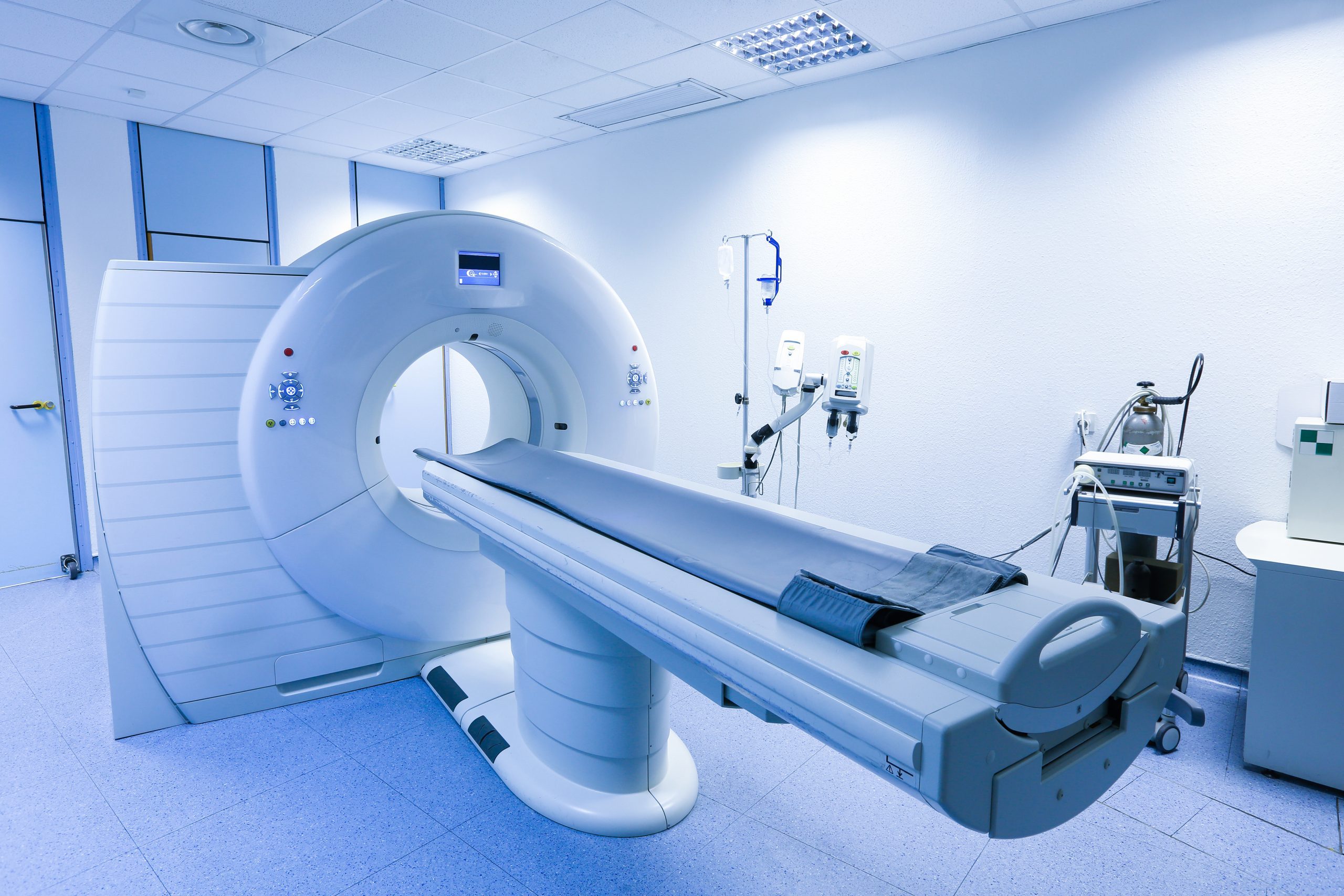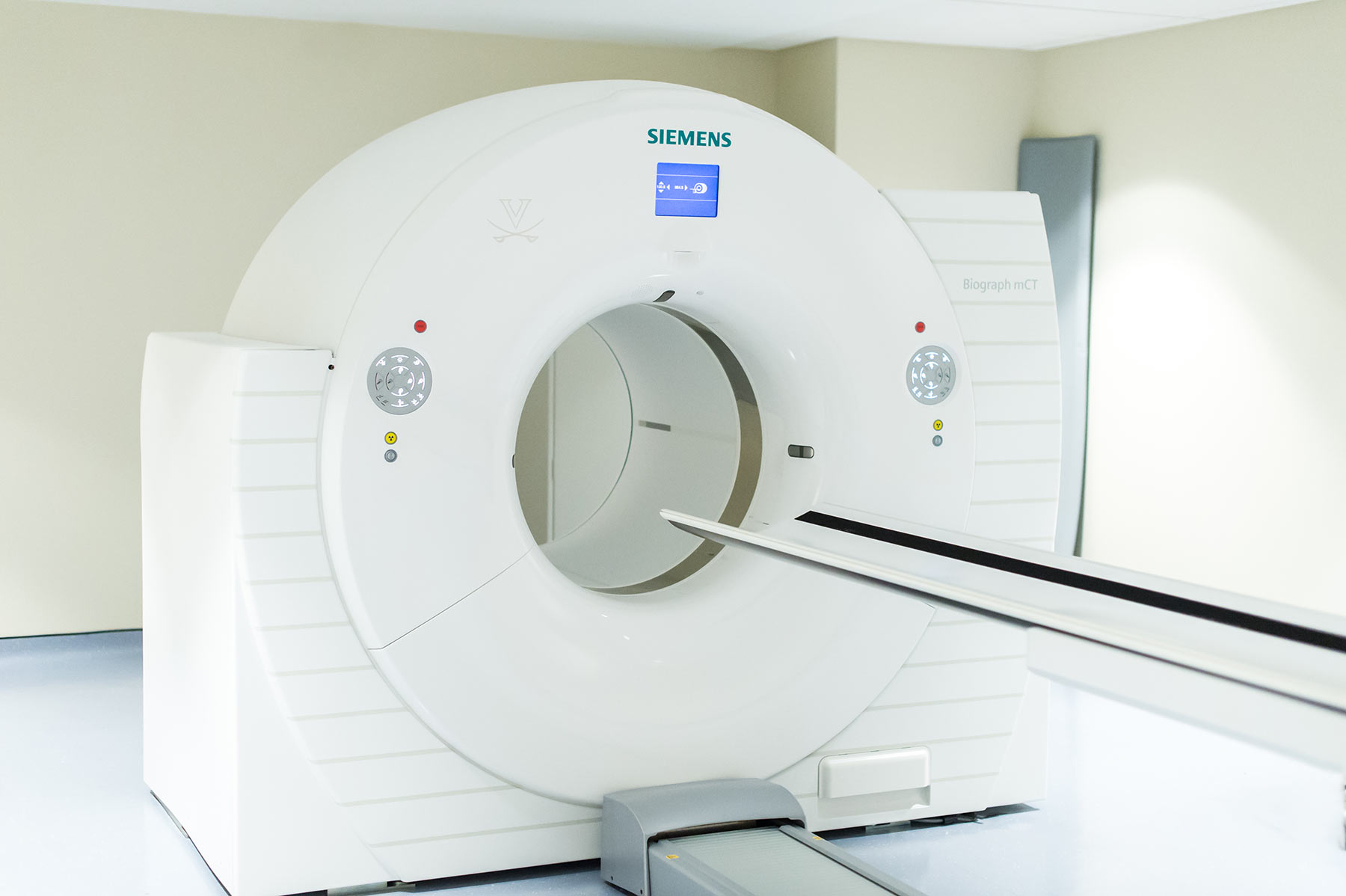When medical professionals talk about getting a clear picture of what's happening inside the human body, they often mention various imaging methods. One common way to see inside is with something called a CT scan. This particular kind of imaging uses X-rays from many different angles to create very detailed cross-sectional views. It's a way to look at bones, soft tissues, and blood vessels all at once, giving doctors a lot of helpful information. People often wonder about the safety and appropriateness of these scans, especially for individuals at different stages of life.
It's interesting to consider that our bodies change quite a bit as we grow older, so too our medical needs and how we respond to procedures. A scan that's perfectly suitable for a young adult might need some adjustments or different considerations for a very young child or, say, an older person. The way a doctor approaches a request for a CT scan, actually, takes into account the person's current time in life. This is where the idea of "CT age" becomes quite important, meaning how a person's years influence the use and results of these imaging tests.
This discussion will walk through what a CT scan involves, why someone's years on Earth make a difference in how these scans are used, and what questions you might want to bring up with your own doctor. We'll explore how medical teams make sure these procedures are as good as possible for everyone, from the smallest infants to the most senior members of our communities. So, let's get a clearer idea of how these powerful tools help us stay healthy, no matter what period of life we happen to be in.
Table of Contents
- What Exactly is a CT Scan, Anyway?
- Why Does Age Matter So Much in CT Scans?
- Are CT Scans Safe for All CT Age Groups?
- How Do Medical Teams Adjust for Different CT Age Groups?
- When is a CT Scan Truly Needed for a Particular CT Age?
- What Should You Discuss with Your Doctor About Your CT Age and a Scan?
- Looking Ahead - The Future of CT and CT Age
What Exactly is a CT Scan, Anyway?
A CT scan, which is short for Computed Tomography, basically uses a special kind of X-ray equipment. This equipment moves around a person's body, taking many pictures from all sorts of angles. These pictures are then sent to a computer, which puts them all together to create detailed, cross-sectional images, like slices of bread from a loaf, but for your insides. You know, these images can show bones, organs, and even blood vessels with a lot of clear detail. It's really quite a clever way to peer inside without needing to open someone up. Doctors might ask for one of these pictures to look for injuries, find out what's causing pain, or check on how a treatment is going, just to name a few reasons. It's a pretty standard tool in many hospitals and clinics, used for a wide array of situations, so it's good to have a basic idea of what it does.
Why Does Age Matter So Much in CT Scans?
The time of life a person is in plays a rather big part when considering a CT scan. It's not just about how many birthdays someone has had, but about the physical changes that come with those years. For instance, a small child's body is still growing and developing, while an older person's body might have different concerns, perhaps related to bone density or kidney function. These differences mean that what works well for one person might need some careful thought for another. So, the approach to a CT scan is often modified based on a person's stage of life, which is a key part of understanding "CT age." It's actually a very practical way to make sure the scan is both effective and as gentle as possible for the individual receiving it.
The Younger Years - Early Life and CT Age
When it comes to the youngest people, like babies and children, there's a different set of things to keep in mind for a CT scan. Their bodies are still very much in the process of forming and growing, so they can be more sensitive to certain things, like the type of energy used in these scans. Doctors and medical teams often use lower amounts of this energy for children, and they might try other ways to get the information they need first, like an ultrasound, if that's a possibility. It's also harder for very young ones to stay perfectly still during the procedure, which is something that's really important for getting clear pictures. Sometimes, a child might need a little help to relax or fall asleep for a short time, just to make sure they don't move during the scan. This careful approach is a big part of looking after the health of our youngest citizens and considering their particular "CT age."
The Later Years - Seniority and CT Age
As people get older, their bodies also go through changes that affect how a CT scan is done and what the results might mean. For example, older individuals might have kidneys that don't work quite as well as they used to. This is important because sometimes a special liquid, called a contrast agent, is given to help certain parts of the body show up better on the scan. This liquid is usually processed by the kidneys, so doctors need to check kidney health beforehand. Also, older people might find it a bit more challenging to lie still for the entire scan, or they might have conditions that make it uncomfortable to be in certain positions. Bone structure can also be different, which can influence how the images look. Medical teams are very aware of these considerations and adjust their methods to make the experience as comfortable and safe as possible for those in their senior years, always keeping their "CT age" in mind.
Are CT Scans Safe for All CT Age Groups?
A question that comes up a lot is whether CT scans are truly safe for everyone, no matter their years. The short answer is that they are generally thought of as safe when they are truly needed and done correctly. However, there are some things to think about, especially concerning the type of energy they use. This energy, while very useful for seeing inside the body, is something medical professionals try to keep to the lowest amount possible, particularly for younger people whose cells are still developing. It's a bit like getting a tiny bit of sun; a little is usually fine, but too much over time isn't ideal. So, doctors always weigh the benefits of getting the information from the scan against any small potential for harm. They only suggest a CT when the information it provides is really important for making a good decision about someone's health, ensuring the scan is appropriate for that person's "CT age."
How Do Medical Teams Adjust for Different CT Age Groups?
Medical teams are pretty clever about changing how they do CT scans to suit each person's particular years. For instance, when scanning a child, they often use special settings on the machine that give off a much smaller amount of energy. They might also use faster scan times, so the child doesn't have to stay still for as long. For older individuals, or those with certain health concerns, the team might take extra steps, like checking kidney function before giving any contrast liquid, as mentioned earlier. They also pay close attention to comfort, making sure the person is as relaxed as they can be during the procedure. Sometimes, they'll even use different ways to talk to people, explaining things in simple terms for younger patients or those who might have trouble hearing or understanding. It's all about making the scan as effective and as comfortable as it can be for everyone, regardless of their "CT age," which is something they think about a lot.
When is a CT Scan Truly Needed for a Particular CT Age?
Deciding if a CT scan is truly necessary for someone, considering their years, is a big part of a doctor's job. It's not a test that's just handed out without thought. Doctors usually consider other options first, especially for children. For example, if they need to look at soft tissues, an MRI might be a better choice, or for something like a tummy ache in a child, an ultrasound could give enough information without using any energy at all. However, there are times when a CT scan is absolutely the best way to get a clear picture of what's going on inside. This could be for looking at serious injuries, checking for certain types of internal bleeding, or getting a detailed view of bones after a bad fall. It's a decision that's made very carefully, always weighing the benefits of getting the crucial information against any potential small drawbacks, keeping in mind the person's specific "CT age" and what their body can handle.
What Should You Discuss with Your Doctor About Your CT Age and a Scan?
If your doctor suggests a CT scan, it's a good idea to have a little chat about it, especially concerning your particular years. You might want to ask why this specific scan is the best choice for your situation and if there are any other ways to get the information they need. It's also smart to mention any past health issues you have, like problems with your kidneys, or if you've ever had a bad reaction to medicines or contrast liquid. If you're a parent, you could ask about how they plan to make the scan as easy as possible for your child, perhaps asking about lower energy settings or ways to help them stay still. Basically, you want to make sure you feel comfortable and that all your questions are answered. This open conversation helps the medical team make the best choices for you or your loved one, ensuring the scan is just right for your "CT age."
Looking Ahead - The Future of CT and CT Age
The way we do CT scans is always getting better, which is pretty exciting for everyone, no matter their years. Scientists and engineers are always working on new ways to make these machines even more precise, and to use even less of the energy they produce. This means that in the coming years, scans could become even safer and quicker for people of all ages. There's also a lot of work being done with computer programs that can help doctors look at the images and find things even faster. So, the future looks bright for this kind of medical imaging, with continuous improvements aimed at making the experience better and more effective for every "CT age." It's an area of medicine that's always trying to do things in a better way, which is really what you want to see in healthcare, isn't it?
So, we've gone over what a CT scan is, how a person's years on Earth influence how these scans are used, and the careful steps medical teams take to make them as safe and helpful as possible for everyone. We also touched on the importance of talking openly with your doctor about any concerns you might have and had a quick look at how these technologies are always getting better for the future.


